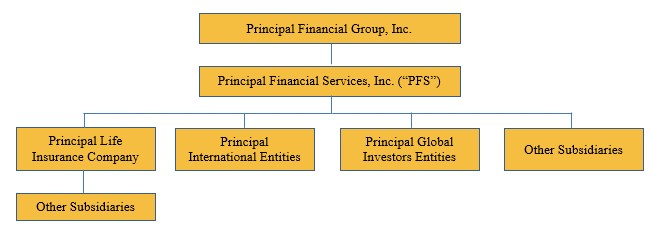Six Months Ended June 30, 2022 Compared to Six Months Ended June 30, 2021
Pre-Tax Operating Losses
Pre-tax operating losses increased primarily due to $74.7 million lower net investment income largely resulting from mark-to-market losses on investments and $14.7 million stranded costs associated with reinsured businesses.
Liquidity and Capital Resources
Liquidity and capital resources represent the overall strength of a company and its ability to generate strong cash flows, borrow funds at a competitive rate and raise new capital to meet operating and growth needs. We are in a strong capital and liquidity position as we face the uncertain, volatile and potentially material adverse economic disruptions to our business brought on by the COVID-19 pandemic. We are monitoring our liquidity closely and feel confident in our ability to meet all long-term obligations to customers, policyholders and debt holders. Our sources of strength include our laddered long-term debt maturities with the next maturity occurring September 2022, access to revolving credit facility and contingent funding arrangements, a strong risk-based capital position and our available cash and liquid assets. The combination of these financial levers will enable us to manage through this period of economic volatility. Our legal entity structure has an impact on our ability to meet cash flow needs as an organization. Following is a simplified organizational structure.

Liquidity
Our liquidity requirements have been and will continue to be met by funds from consolidated operations as well as the issuance of commercial paper, common stock, debt or other capital securities and borrowings from credit facilities. We believe the cash flows from these sources are sufficient to satisfy the current liquidity requirements of our operations, including reasonably foreseeable contingencies.
We maintain a level of cash and securities which, combined with expected cash inflows from investments and operations, we believe to be adequate to meet anticipated short-term and long-term payment obligations. We will continue our prudent capital management practice of regularly exploring options available to us to maximize capital flexibility, including accessing the capital markets and careful attention to and management of expenses.
We perform rigorous liquidity stress testing to ensure our asset portfolio includes sufficient high quality liquid assets that could be utilized to bolster our liquidity position under increasingly stressed market conditions. These assets could be utilized as collateral for secured borrowing transactions with various third parties or by selling the securities in the open market if needed.
We also manage liquidity risk by limiting the sales of liabilities with features such as puts or other options that can be exercised at inopportune times. For example, as of June 30, 2022, approximately $14.4 billion, or 99%, of our institutional guaranteed investment contracts and funding agreements cannot be redeemed by contractholders prior to maturity. Our individual annuity liabilities also contain surrender charges and other provisions limiting early surrenders.
104